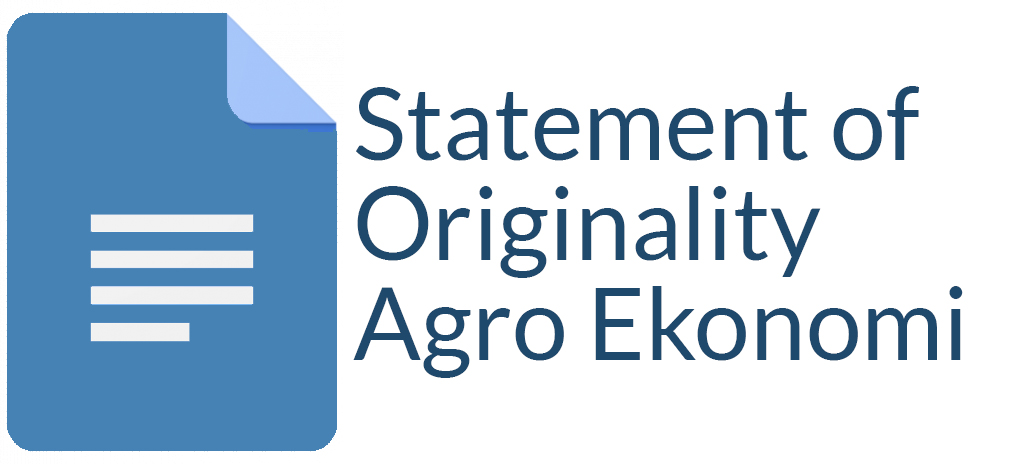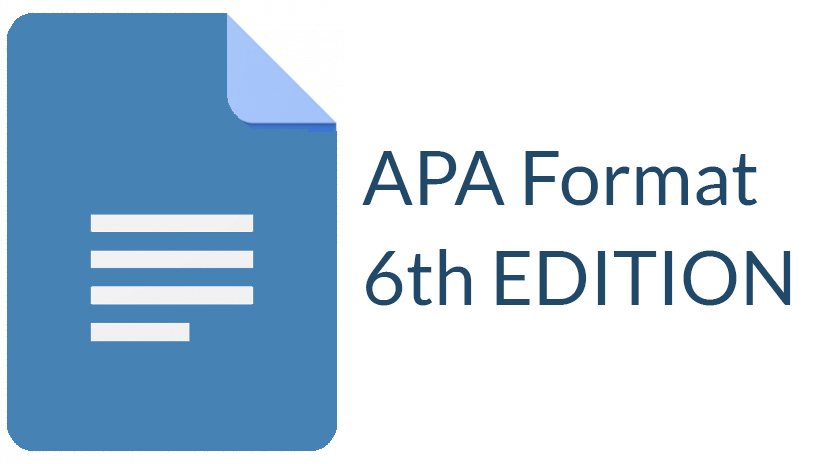An Augmented Cobb-Douglas Production Function Modeling of the Impact of Climate Change on Maize Yields in Ethiopia
Abera Gayesa Tirfi(1), Abayomi Samuel Oyekale(2*)
(1) Department of Agriculture and Animal Health, University of South Africa, Ethiopia Regional Centre, Ethiopia
(2) North-West University Mafikeng Campus, South Africa.
(*) Corresponding Author
Abstract
Climate change remains a major problem confronting agricultural productivity in Ethiopia. Maize and some other cereal crops are susceptible to climatic parameters. This study analyzed the impacts of some climatic variables on the yields of maize crops in Ethiopia using the 1981-2018 dataset. Maize production in Ethiopia is adversely affected by climate change. The augmented Cobb-Douglas Production function was used for data analyses. The results showed that the parameters of long-season rainfall, short-season rainfall, and mean maximum temperature show a negative sign and are statistically significant (p<0.05). In contrast, the minimum temperature shows a positive sign. In addition, the parameters of the quantity of fertilizer and improved seed used in maize production have a positive and significant impact on the yields of maize (p<0.10). However, the land area's elasticity coefficient shows a negative and statistically significant sign. It was concluded that changes in climatic parameters, such as an increase in short-season and long-season rainfall and an increase in maximum temperature, would reduce maize productivity. Therefore, utilizing effective climate change adaptation measures promises to enhance maize productivity in Ethiopia.
Keywords
Full Text:
PDFReferences
Abera, K., Crespo, O., Seid, J. & Mequanent, F. (2018). Simulating the impact of climate change on maize production in Ethiopia, East Africa, Environmental Systems Research, 7 (4), 1-12.
Alemu, D., Yirga, C., Bekele, A., & Tesfaye A. (2014). Situation and outlook of maize in Ethiopia, Ethiopian Institute of Agricultural Research, Addis Ababa, Ethiopia.
Belay, A., Recha, J.W., Woldeamanuel, T., & Morton, J.F. (2017). Smallholder farmers’ adaptation to climate change and determinants of their adaptation decisions in the Central Rift Valley of Ethiopia. Agriculture & Food Security, 6 (24), 1-13.
Bell, J.E., Brown, C.L., Conlon, K., Herring, S., Kunkel, K.E., Lawrimore, J., Luber, G., Schreck, C., Smith, A., &Uejio, C. (2018). Changes in extreme events and the potential impacts on human health. Journal of the Air & Waste Management Association, 68 (4), 265-287, DOI: 10.1080/10962247.2017.1401017
Bilali, H.E., Callenius, C., Strassner, C. & Probst, L. (2018).Food and Nutrition security and sustainability transitions in food systems, Food Energy Security, 8,1-20.
Bjornlund, V., Bjornlund, H., & Van Rooyen A.F. (2020). Why agricultural production in sub-Saharan Africa remains low compared to the rest of the world – a historical perspective, International Journal of Water Resources Development, 36:sup1, S20-S53, DOI: 10.1080/07900627.2020.1739512 Chowdhury, I.U.A., & Khan, M.A.E. (2015). The impact of climate change on rice yield in Bangladesh: A time series analysis. RJOAS, 4(40), https://rjoas.com/issue-2015-04/article_02.pdf
CSA (2018). Report on area and production of major crops; Agricultural Sample Survey 2017/18, Addis Ababa.
CSA (2019). Report on area and production of major crops; Agricultural Sample Survey 2019/20, Addis Ababa.
Destaw, F., &Fenta, M.M. (2021). Climate change adaptation strategies and their predictors amongst rural farmers in Ambassel district, Northern Ethiopia. Jamba, 13(1), 974. doi: 10.4102/jamba.v13i1.974
Edao, A.L., Kibert, K. & Mamo, G. (2021). Analysis of start, end and length of the growing season and number of rainy days in semi-arid Central Refit Valley of Oromia State, Ethiopia, Advances in Crop Science & Technology, 6:4, 386. doi:10.4172/2329-8863.1000386
Erenstein, O., Jaleta, M., Sonder, K., Mottaleb, K., & Prasan, B.M. (2022). Global maize production, consumption and trade: trends and R&D implications. Food Security, https://doi.org/10.1007/s12571-022-01288-7
FAO (2021). FAOSTAT. Available from https://www.fao.org/faostat/en/
Gardi, M. W., Memic, E., Zewdu, E., &Graeff-Hönninger, S. (2022). Simulating the effect of climate change on barley yield in Ethiopia with the DSSAT-CERES-Barley model. Agronomy Journal, 114, 1128–1145. https://doi.org/10.1002/agj2.21005
Gohari,A., Eslamian, S., Abedi-Koupa, J., Bavani, A.R.m., Wang, D. &Madani, K. (2013). Climate change impacts on crop production in Iran’s Zayandeh-Rud River basin, Science of the Total Environment, 442:405–419.
Kapuka, A., &Hlásny, T. (2021).Climate change impacts on ecosystems and adaptation options in nine countries in southern Africa: What do we know?;Ecosphere, 12(12), e03860. 10.1002/ecs2.3860
Keno, T., Azmach, G., Wagary, D., Worku, M., Tadesse, B., Wolde, L., … Suresh, L.M. (2018); Major biotic maize production stresses in Ethiopia and their management through host resistance. African Journal of Agricultural Research, 13(21),1042-1052.
Kotulič, R. & Pavelková, J. (2014). The application of the Cobb-Douglas production function in analyzing the effectiveness of productive resources in agricultural enterprises of primary production, Journal of Central European Agriculture, 15(3),284-301.
Kumar, A., Sharma, P., &Ambrammal, S.K. (2015). Effects of climatic factors on productivity of cash crops in India: Evidence from state-wise panel data. Global Journal of Research in Social Sciences, 1 (1), 8-18.
Li, Y., Guan, K., Schnitkey, G.D., DeLucia, E. & Peng, B. (2019). Excessive rainfall leads to maize yield loss of a comparable magnitude to extreme drought in the United States, Global Change Biol.; 25:2325 – 2337.
McElwee, P. (2021).Climate change and biodiversity loss: two sides of the same coin,Current History, 120 (829), 295–300.
Msowoya, K., Madani, K., Davtalab, R., Mirchi, A. &Lud, J. (2016).Climatechange impacts on maize production in the warm heart of Africa, Water Resources Management, DOI 10.1007/s11269-016-1487-3
NgouneTandzi, L., &Mutengwa, C. S. (2019). Estimation of Maize (Zea mays L.) Yield Per Harvest Area: Appropriate Methods. Agronomy, 10(1), 29. https://doi.org/10.3390/agronomy10010029
Nicholson, S.E.(2014).Thepredictability of rainfall over the Greater Horn of Africa. Journal of Hydrometeorology, 15(3), 1011-1027.
Nkoro, E., &Ukohe, A.K. (2016). Autoregressive Distributed Lag (ARDL) cointegration technique: application and interpretation; Journal of Statistical and Econometric Methods, 5 (4), 63-91.
Onofri, L., Bianchin, F. & Boatto, V. (2019). How to assess future agricultural performance under climate change? A case-study on the Veneto Region. Agricultural and Food Economics, 7 (16):2–12; https://doi.org/10.1186/s40100-019-0131-y.
Rao, N.D., van Ruijven, B.J., Riahi, K. &Bosetti, V. (2017). Improving poverty and inequality modeling in climate research.Nature Climate Change, 7, 857-862. doi: 10.1038/s41558-017-0004-x
Sorecha, E.M., Bayissa, B., & Toru, T. (2017). Characterization of rainfall indices for crop production in Kersa District, Eastern Ethiopia: Farmers’ advisory. Academic Research Journal of Agricultural Science and Research, 5, 134-139.
van Dijk, M., Morley, T., van Loon, M., Reidsm, P., Tesfaye, K., van Ittersum M.K. (2020); Reducing the maize yield gap in Ethiopia: Decomposition and policy simulation. Agricultural Systems, 183, https://doi.org/10.1016/j.agsy.2020.102828.
Waqas, M.A., Wang, X., Zafar, S.A., Noor, M.A., Hussain, H.A., Azher Nawaz, M., Farooq, M. (2021). Thermal Stresses in Maize: Effects and Management Strategies. Plants, 10, 293. https://doi.org/10.3390/plants10020293.
Wooldridge, J. M. (2016).Introductory Econometrics: A Modern Approach, Cengage Learning, South-western College Pub, Boston, USA.
Article Metrics
Refbacks
- There are currently no refbacks.
Copyright (c) 2018 Agro Ekonomi

This work is licensed under a Creative Commons Attribution-ShareAlike 4.0 International License.
View My Stats











